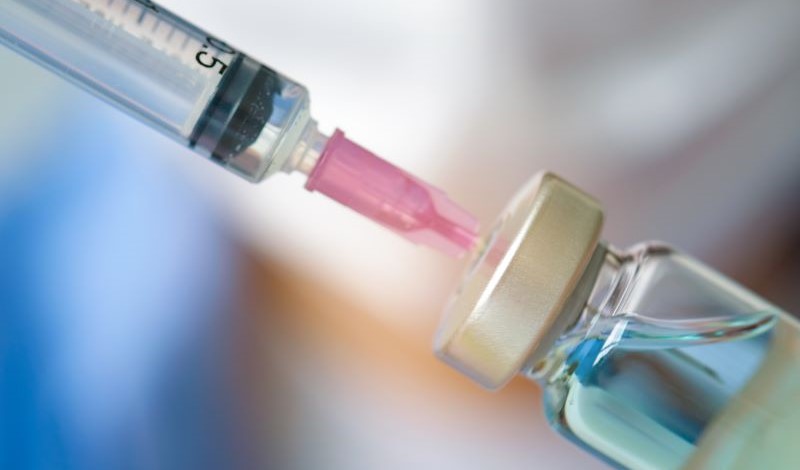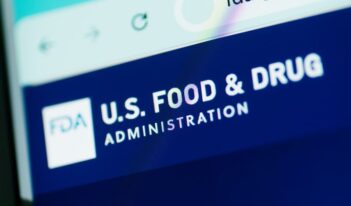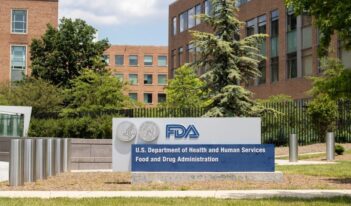
Scholars propose changes to patent disclosures under the Biologics Price Competition and Innovation Act.
Biologics—drugs made from organic materials, such as vaccines—are thought to be an important factor driving high drug prices. In the United States, biologics make up over half of prescription medicine spending while accounting for only approximately 3 percent of all prescriptions.
In a recent article, Robin Feldman and Gideon Schor of the University of California College of Law, San Francisco argue that increasing biologics competition is important for lowering drug prices.
They explain that the Biologics Price Competition and Innovation Act of 2009 (BPCI Act) was intended to promote competition by allowing for rapid entry of slightly different versions of biologics, called biosimilars. The BPCI Act, Feldman and Schor note, was Congress’ attempt to extend the successes of the Hatch-Waxman Act—a federal law that provided an easier pathway for generic drugs to enter the market—to the biologics market.
The BPCI Act attempts to promote competition, Feldman and Schor explain, by creating a shortened pathway for the approval of new biosimilars by the U.S. Food and Drug Administration (FDA). An easier approval process may encourage would-be biosimilar manufacturers to enter the market and compete with the manufacturers of the original biologic.
Although the BPCI Act has shown some success in accomplishing its goal, Feldman and Schor contend that results have not lived up to expectations in lowering biologic prices. The reason, they claim, lies with the BPCI Act’s process for resolving patent disputes, often referred to as the “patent dance.”
Feldman and Schor explain that the patent dance is a complex process to determine which of a biologic manufacturer’s patents—legal rights that can be asserted against those that make, use, or sell covered products—would be infringed if a biosimilar manufacturer were to manufacture or sell its biosimilar product.
Feldman and Schor explain that the dance starts with phase one, when a new biosimilar manufacturer provides the original biologic manufacturer a copy of its FDA drug approval application. The biologic manufacturer must then provide the would-be competitor with an initial list of its patents associated with its product. The two then negotiate which patents would be brought against the biosimilar manufacturer in a patent infringement suit.
Following the negotiations, the biologic manufacturer can bring the patent infringement suit, Feldman and Schor explain. They note that patents discussed but not brought in this suit can be asserted in phase two of the patent dance. Phase two is triggered when the biosimilar manufacturer notifies the biologic manufacturer of the date it intends to start marketing its product, Feldman and Schor elaborate.
Feldman and Schor argue that the length and complexity of the dance partly stems from biosimilar manufacturers’ uncertainty as to which patents might be asserted against them. Since biologic manufacturers do not publicly list all of the patents associated with their drugs, biosimilar manufacturers must rely on biologic manufacturers’ discretion to disclose such patents, they explain.
But biologic manufacturers are motivated to hide patents from competitors because they contain valuable manufacturing information, say Feldman and Schor. Even biosimilar manufacturers, they contend, are likewise motivated to avoid triggering a biologic manufacturer’s patent disclosures because such disclosures—which eventually become public—can benefit future biosimilar competitors seeking to enter the market.
Feldman and Schor claim that the patent dance fails to align manufacturers’ incentives with society’s incentive to promote the flow of information to encourage biosimilar competition. They contend that this failure leaves room for strategic tactics that benefit manufacturers but go against the interests of society and goals of the BPCI Act.
One such tactic, Feldman and Schor highlight, is a “pay-for-delay” settlement under which the biologic manufacturer agrees to pay its competitor to settle a patent infringement suit in exchange for the competitor’s delay in entering the market. Feldman and Schor note that these settlements help the manufacturers avoid making further patent disclosures and opening the door for future competitors.
Feldman and Schor contend that biosimilar manufacturers may also avoid the patent dance completely by refusing to provide its FDA application to the biologic manufacturer. They argue that under the U.S. Supreme Court’s decision in Sandoz v. Amgen, the patent dance is merely “optional.” When a biosimilar manufacturer chooses not to participate in the patent dance, patent information is not shared as readily.
Feldman and Schor argue that these tactics to avoid disclosure of patent and manufacturing information are a key part of the BPCI Act’s poor performance, and they offer recommendations to address its shortcomings and misaligned incentives.
Feldman and Schor first propose amending the BPCI Act to require a biologic manufacturer to disclose all of its patents related to a particular drug to FDA. They look to the Hatch-Waxman Act as a model.
Under the Hatch-Waxman Act, an original drug manufacturer must list all patents associated with its product when it applies for drug approval. Feldman and Schor underscore that this upfront disclosure makes entering the market easier for competitors because they are already aware of what patents might be asserted against them.
Similarly, Feldman and Schor suggest that the BPCI Act could be amended to require biologic manufacturers to disclose to FDA all patents associated with their drug once their drug has been approved. FDA could then be required to publish this information. Feldman and Schor add that this amendment could also specify that failure to disclose such patents would result in the manufacturer losing its ability to assert such patents over its drug.
Feldman and Schor also propose implementing incentives to encourage biosimilar manufacturers to engage with the BPCI Act’s drug-approval process. They note that the Hatch-Waxman Act provides a 180-day exclusivity period—during which no new competitors can enter the market—to the competitor that files first and successfully challenges applicable patents.
Feldman and Schor suggest that the BPCI Act could likewise be amended to include a period of exclusivity for the first-filing biosimilar manufacturer to address pay-for-delay behaviors. They also propose making small adjustments to the patent dance, such as making injunctive relief available and creating disincentives to deter those who attempt to move outside of the patent dance.
The BPCI Act’s current structure, Feldman and Schor warn, will continue to keep patent information “in darkness” unless underlying anti-disclosure incentives are addressed. They suggest that implementing their recommended adjustments to the BPCI Act could facilitate a more effective path to increasing biosimilar competition.



